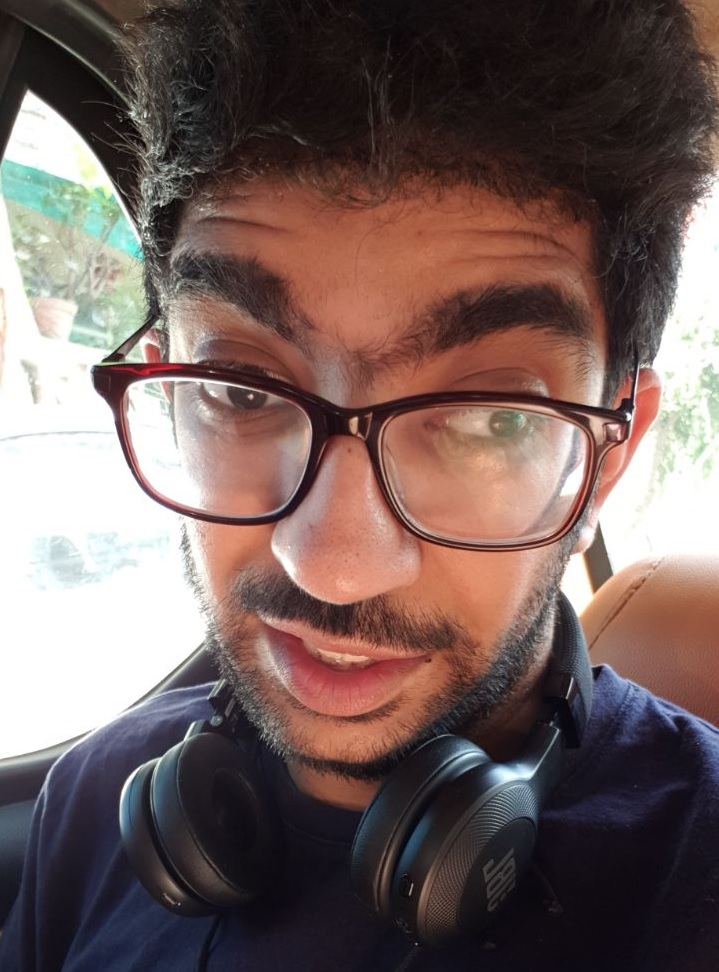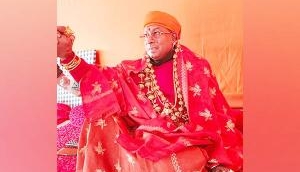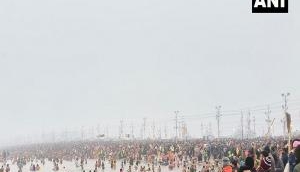Despite Prime Minister Modi's 'Digital India', there is still a large urban-rural internet penetration divide

Did you know that every fifth Indian now logs onto the net at least once every day? And almost a third of those who are online daily are from rural India. Several such facts about the country's tryst with web was put forward in the 'Internet in India 2017' report released Tuesday by Internet and Mobile Association of India (IAMAI) and Kantar IMRB, a market research firm.
According to the report, there are an estimated 281 million daily internet users in the country, of whom 182.9 million -- a good 62% -- come from urban areas. In the villages, 98 million (53% of rural population with access to Net) use it every day. "Almost double the proportion of Rural Users access internet less than once a month in rural India compared with Urban India," according to the report.
It seems to be that the urban-rural divide with respect to internet penetration has not changed much. It is still in a pretty bad shape. All this, despite the noise around Prime Ministers 'Digital India' initiative.
Urban India's internet penetration was 64.84% in December 2017. This compared to 60.6% a year before. In comparison, rural internet penetration has grown from just 18% in December 2016 to 20.26% in December 2017. "Given that total Urban Population is much lower than total rural population, the Urban-Rural Digital divide is actually more acute than what the penetration numbers portray," reads the report. As per the 2011 census, there are only 186 million rural internet users out of a total estimated rural population of 918 million. That means that 732 million people in rural India are yet to be connected to the internet. India's overall internet penetration is at a low 35%.
Overall though, India is set to cross the 500 million user mark by June 2018. At the moment, there are 481 million users, a growth of 11.34% over December 2016. The report found that urban India grew 9.66% from December 2016 and as on December 2017 has about 295 million internet users. Compare this to rural India which has seen a growth of 14.11% in the same period. Rural India is estimated to have 186 million users as of December 2017. India'
"Even though the growth rate of Rural India may seem higher, it is mainly due to the low base effect; given overall internet users in Rural India are still critically low," the report reads.
Quality of service, affordability, connectivity and other factors contribute to the internet usage pattern across the country. Out of the urban cities, Delhi, Mumbai and Kolkata top the list with the highest penetration percentage. Fatehpur, Jagdalpur and Imphal are on the bottom of the list of internet penetration of the 170 cities covered under the survey. For urban Indian internet users, online communication remains the top activity. For rural India, it is entertainment that is driving the usage.
The internet user market is still "a male preserve in India" according to the report. Overall, there are just 143 million female internet users in India. That's good for a 30% share of total internet user in India. While the gap is wider in rural India than urban India, the number of rural female users is surprising. A good 36% of rural internet users are female. In urban India, females make up 41% of the internet population. "The proportion of Internet users by gender in Rural India has seen much change over last year with Internet users among rural females growing steadily. The increasing gender parity in internet usage is a welcome development," the report says.
With India being a youthful population, it isn't surprising that most of the users are youngsters. According to the report, "internet is the preserve for youngsters". Youngsters and students make up a large chunk of the internet population. The figure is a grand 60%. "Unless digitalisation of important civic and social services as envisioned under e-governance programmes really take-off, the internet will remain to be perceived as a medium of entertainment for youngsters," the reports concludes.







![BJP's Kapil Mishra recreates Shankar Mahadevan’s ‘Breathless’ song to highlight Delhi pollution [WATCH] BJP's Kapil Mishra recreates Shankar Mahadevan’s ‘Breathless’ song to highlight Delhi pollution [WATCH]](https://images.catchnews.com/upload/2022/11/03/kapil-mishra_240884_300x172.png)

![Anupam Kher shares pictures of his toned body on 67th birthday [MUST SEE] Anupam Kher shares pictures of his toned body on 67th birthday [MUST SEE]](https://images.catchnews.com/upload/2022/03/07/Anupam_kher_231145_300x172.jpg)






